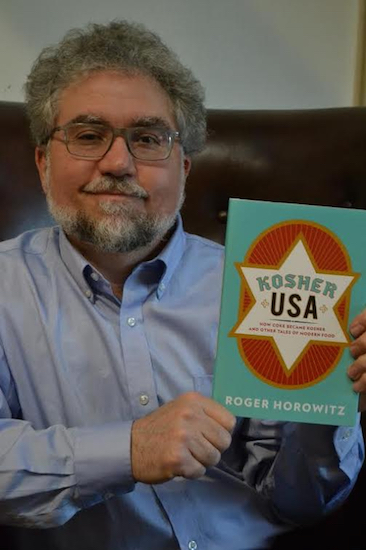Manischewitz Wine & Kosher Coke: Part of Brooklyn’s Jewish heritage

Roger Horowitz holding his book “Kosher USA: How Coke Became Kosher and Other Tales of Modern Food.” Photo courtesy of Roger Horowitz
It’s no secret that Brooklyn boasts one of the largest Jewish communities in the country.
One can see Brooklyn’s vast Jewish influence by strolling down the streets of Borough Park or Ocean Parkway and viewing the many Orthodox synagogues, kosher restaurants and Hebrew signs.

Brooklyn Boro
View MoreNew York City’s most populous borough, Brooklyn, is home to nearly 2.6 million residents. If Brooklyn were an independent city it would be the fourth largest city in the United States. While Brooklyn has become the epitome of ‘cool and hip’ in recent years, for those that were born here, raised families here and improved communities over the years, Brooklyn has never been ‘uncool’.